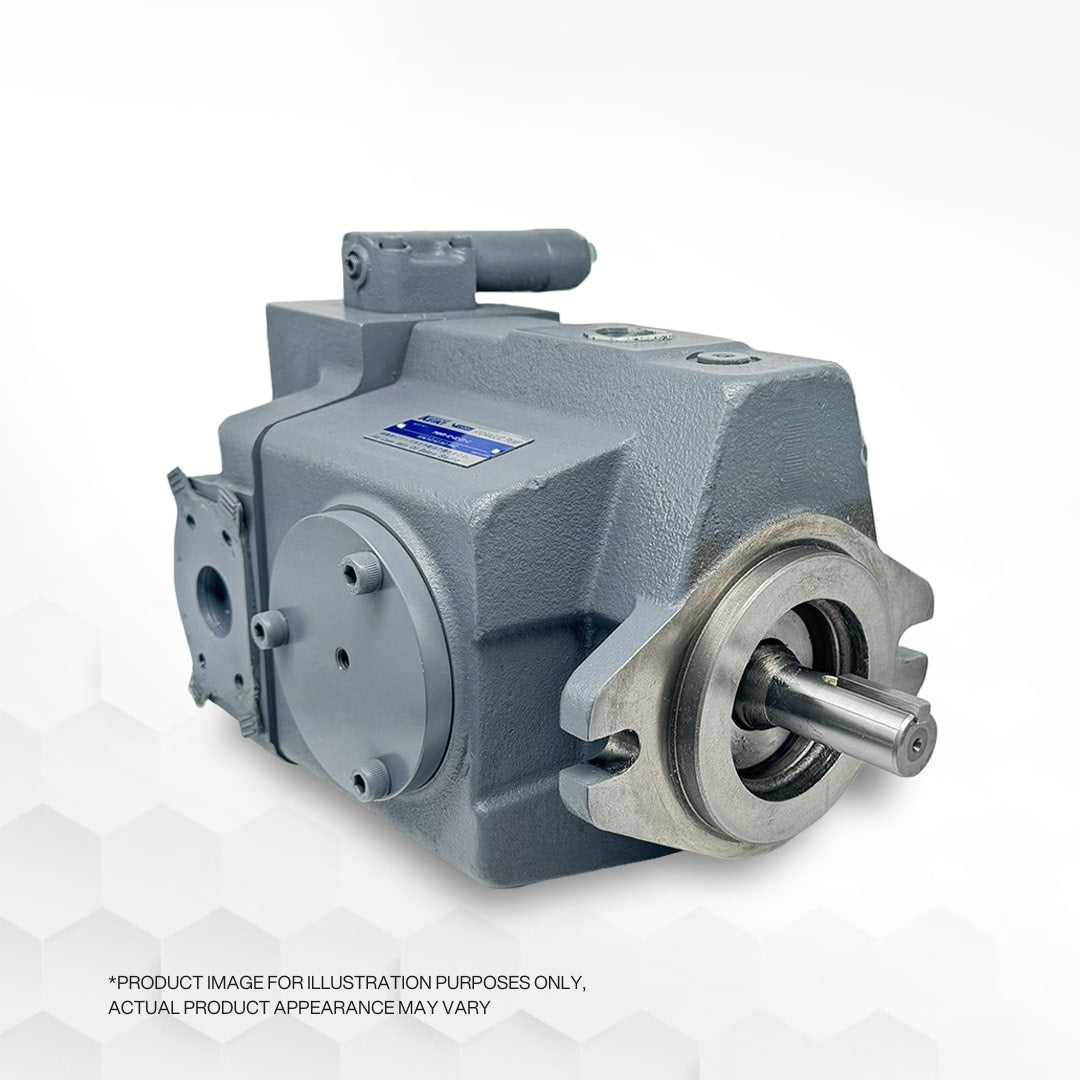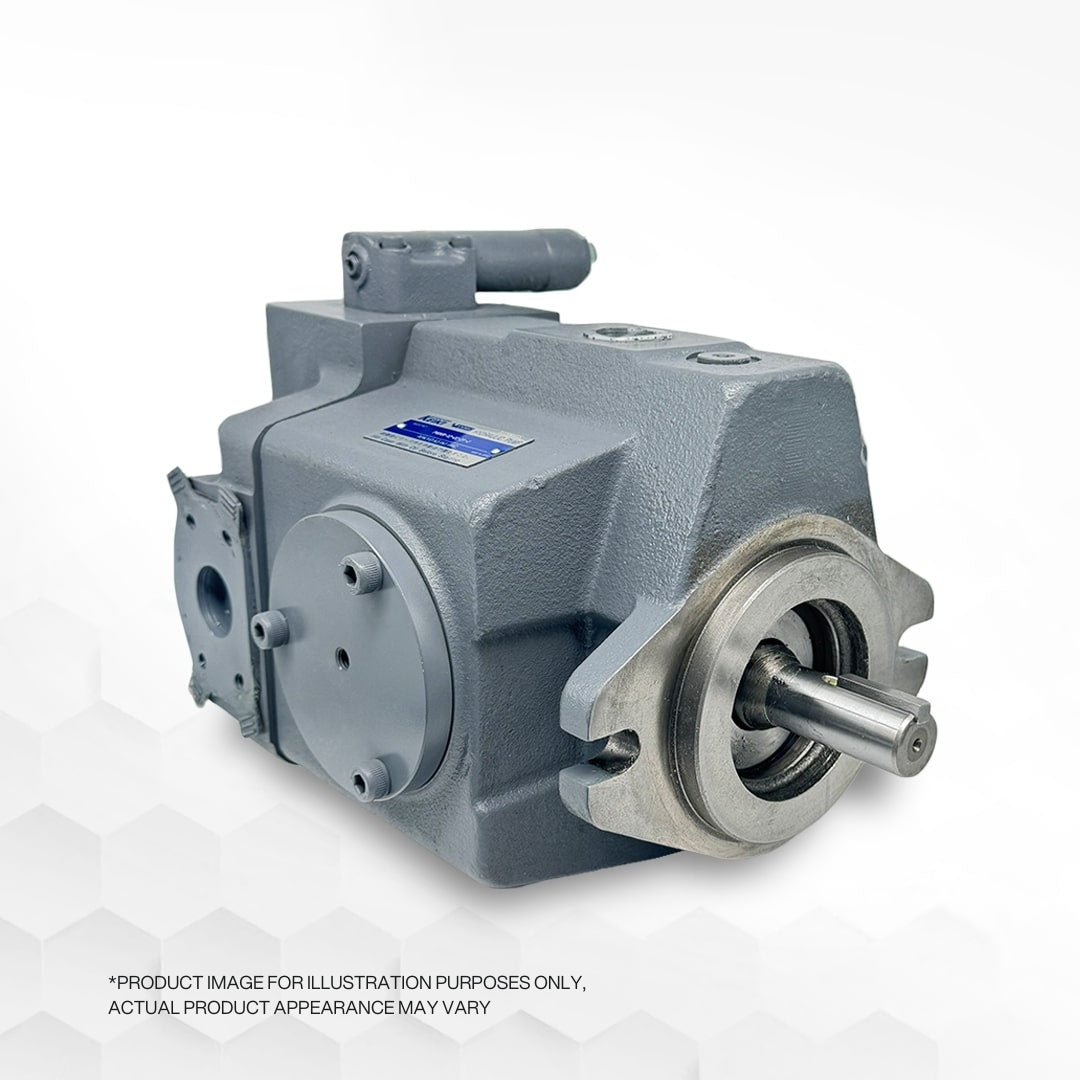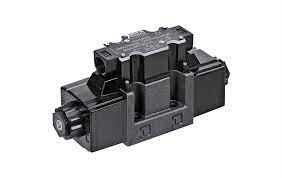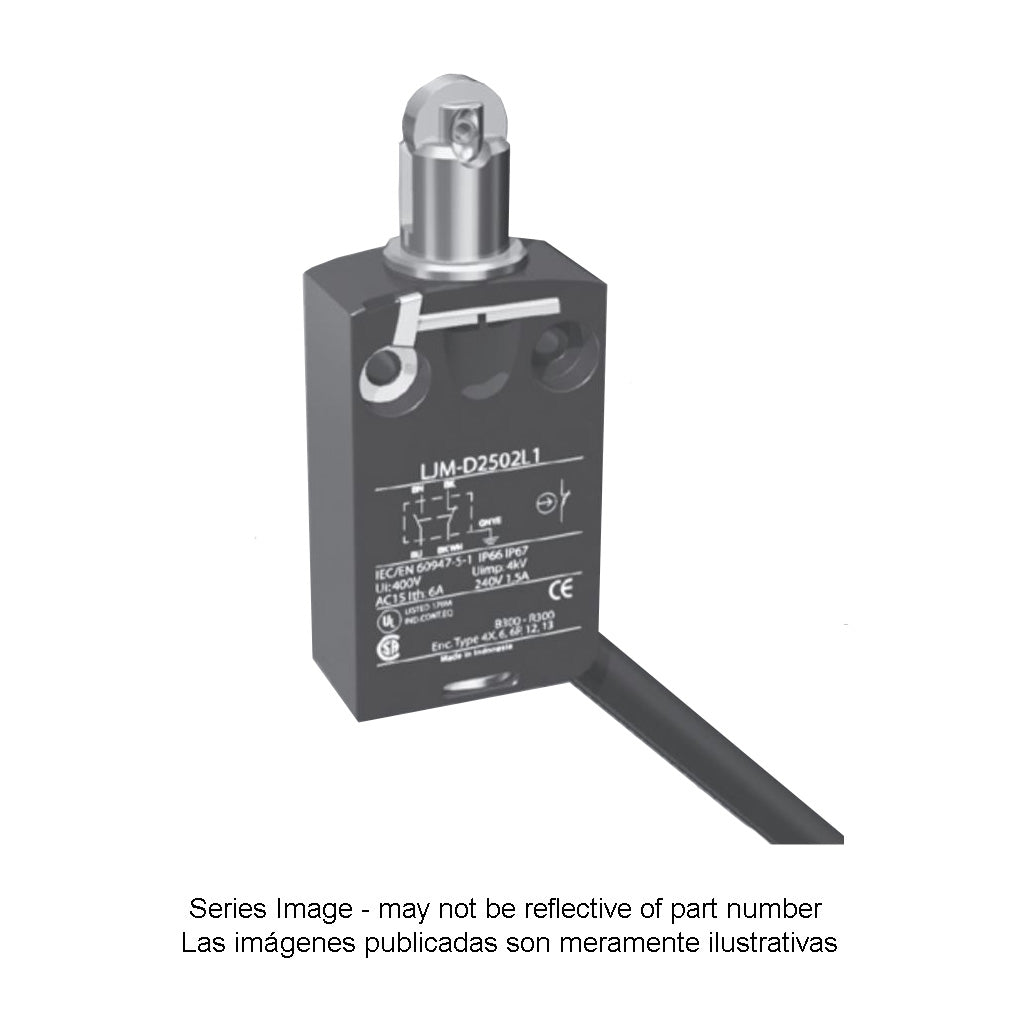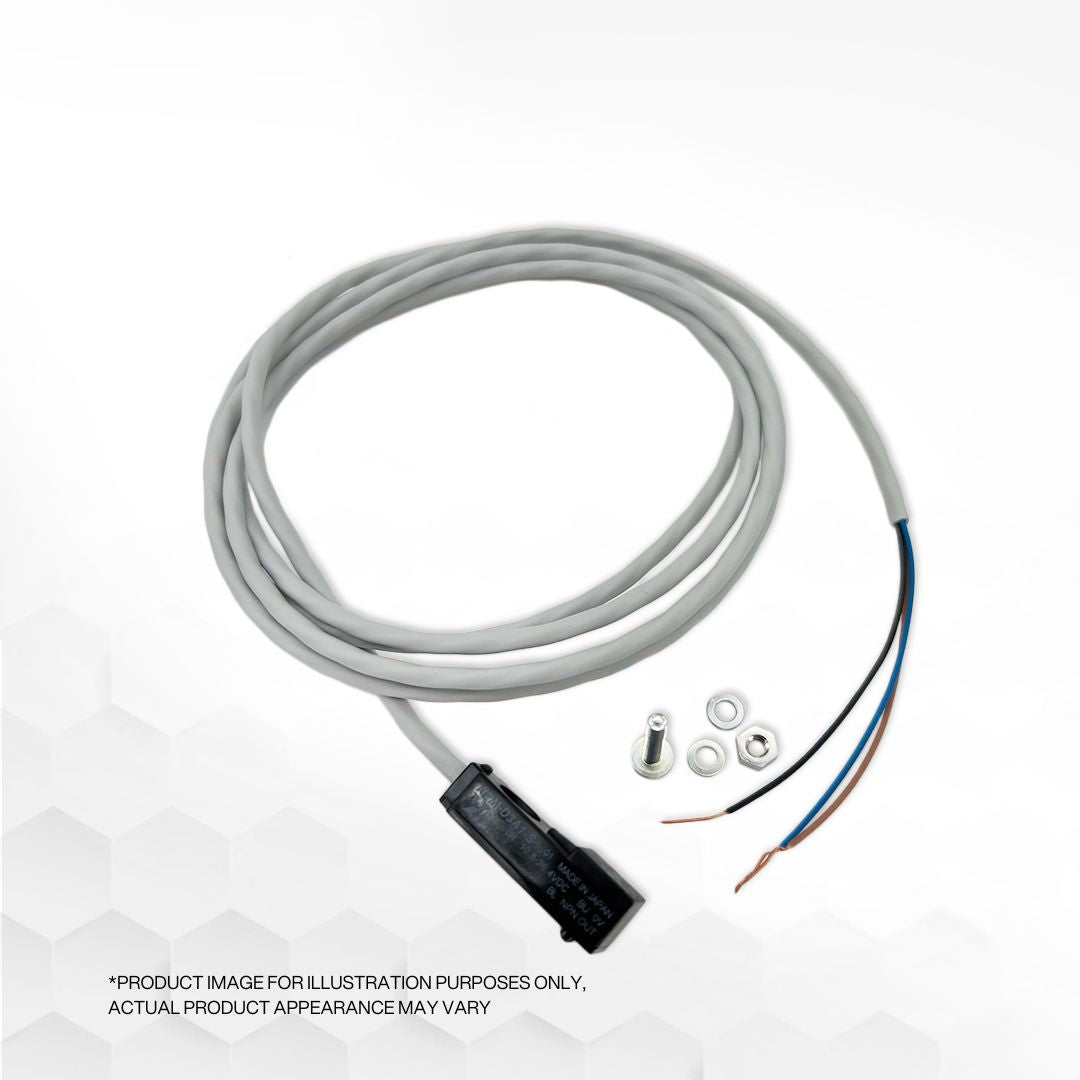
How To Perform Piston Pump System Test?
The pump, often regarded as the central component of nearly every hydraulic system, becomes the primary focus of inspection and scrutiny whenever hydraulic system issues arise. It is customary to direct our attention to the pump first. Although the pump may not always be the root cause of the problem, conducting a preliminary troubleshooting analysis with a focus on the pump can prove beneficial in identifying the specific issue and ultimately finding a solution.
The provided troubleshooting chart primarily concentrates on pressure-compensated, variable-displacement piston pumps but can be adapted for checking any type of variable-displacement pump.
Pressure Compensator Setting:
Incorporating pressure-compensation capability into a pump introduces a new and critical factor to consider when troubleshooting a circuit. The pressure compensator continually monitors downstream pressure and automatically adjusts the pump's internal configuration to modify flow and maintain a preset pressure.
One common problem in circuits with pressure-compensated, variable-displacement pumps is an improper setting of the compensator cut-off pressure relative to the spring setting of the system relief valve. It is essential for the relief valve to be set higher - approximately 100 to 150 psi higher - than the compensator. Setting the compensator higher than the relief valve can lead to a situation where part or all of the pump output flows over the relief valve once the system pressure reaches the relief valve's setting. This negates the intended operating concept for pressure compensation specified by the system designer, as the compensator effectively gets bypassed. Additionally, such a setup causes an increase in fluid temperature due to the energy loss resulting from the pressure drop over the relief valve.
